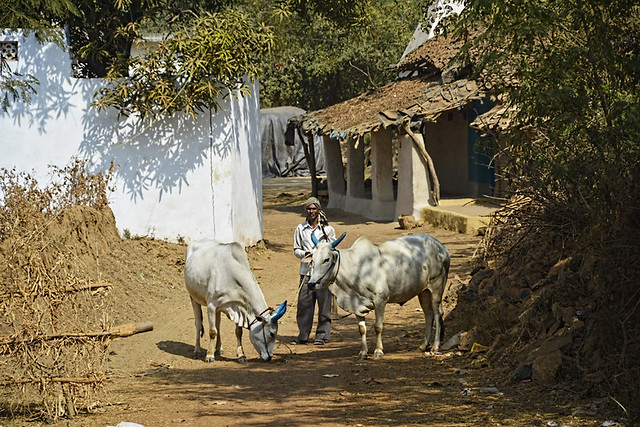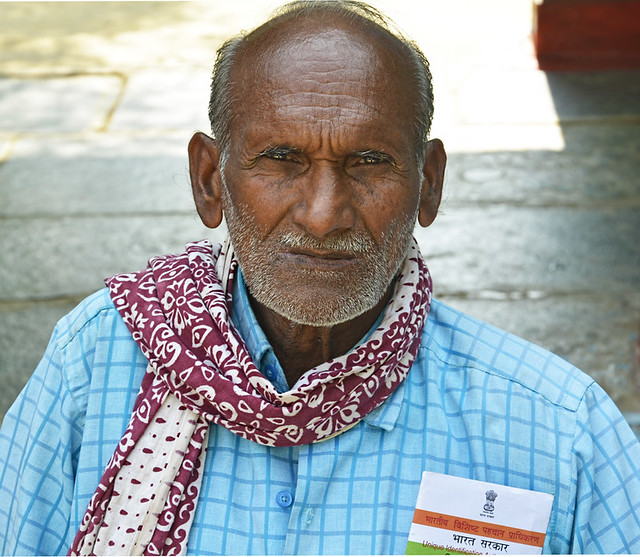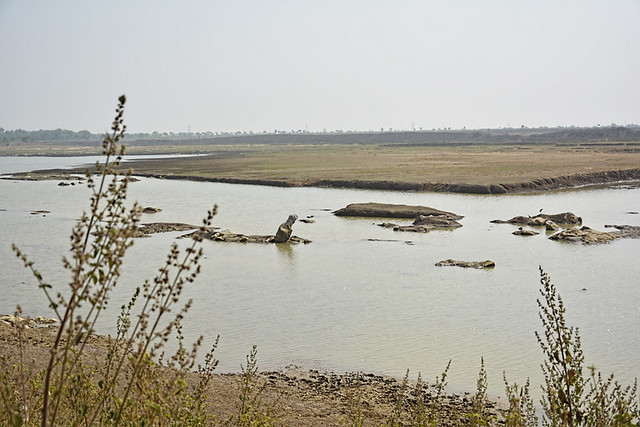Paraswani village in Balodabazar district, Chhattisgarh contains vast reserves of limestone, a sedimentary rock that is a primary ingredient in the cement manufacturing process. Since 1992, Ultratech Cement Ltd. (UTCL) followed by four other similar companies, have begun excavating this rock within a 30 km radius of the village.
UTCL operates an 8200 TPD (Tonnes Per Day) plant, which is supported by captive limestone mines, and is spread over about 997.355 hectares. Mining depth is currently at 37 metres below ground level, and UTCL will continue to operate the mine until its lifetime when about 231.48 million tonnes of mineable reserves are used up.
"Before the commissioning of the UTCL plant, the people of our village were given a 100% job guarantee and promised other basic facilities such as water, health, education, etc., but the company has recruited only 16 people as employees and 50-60 as contractual labourers. Every year, we face domestic water crises and now we are also facing water crises to sustain our farms", says Dhelsingh Verma, a senior representative of Paraswani.
Earlier, water from the Paraswani Dam met irrigation needs but as the mines expanded, Paraswani's resources have reduced. As the demand for water to irrigate their fields went up, the villagers were left with only one option which was to procure the waste water generated by UTCL as the company had refused to provide fresh water for this purpose. Now, the villagers have signed an MOU with the company to procure polluted water for irrigation.
The copy of the MOU provided to India Water Portal clearly states that the water supplied by the company is not fit for drinking purposes and should be used only for irrigation. The company also does not take any responsibility regarding the quality and quantity of the water supplied to the villagers.
The people of Parswani are also having to deal with other fallouts from this agreement such as lack of infrastructure and healthcare. The photos below show how the villagers are coping with the poor hand they've been dealt with.








View more photos of the mines in Parswani.













